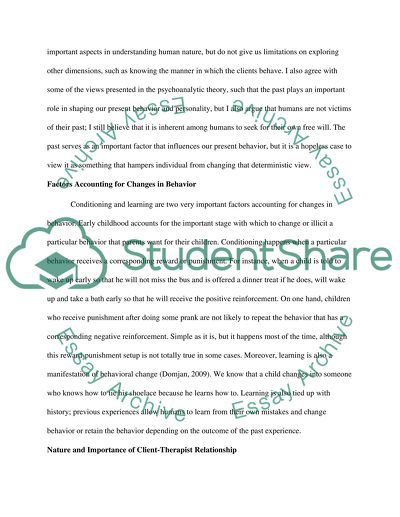Cite this document
(“Theory of Counseling and Psychotherapy Assignment”, n.d.)
Theory of Counseling and Psychotherapy Assignment. Retrieved from https://studentshare.org/psychology/1614775-personal-theory-of-counseling
Theory of Counseling and Psychotherapy Assignment. Retrieved from https://studentshare.org/psychology/1614775-personal-theory-of-counseling
(Theory of Counseling and Psychotherapy Assignment)
Theory of Counseling and Psychotherapy Assignment. https://studentshare.org/psychology/1614775-personal-theory-of-counseling.
Theory of Counseling and Psychotherapy Assignment. https://studentshare.org/psychology/1614775-personal-theory-of-counseling.
“Theory of Counseling and Psychotherapy Assignment”, n.d. https://studentshare.org/psychology/1614775-personal-theory-of-counseling.


